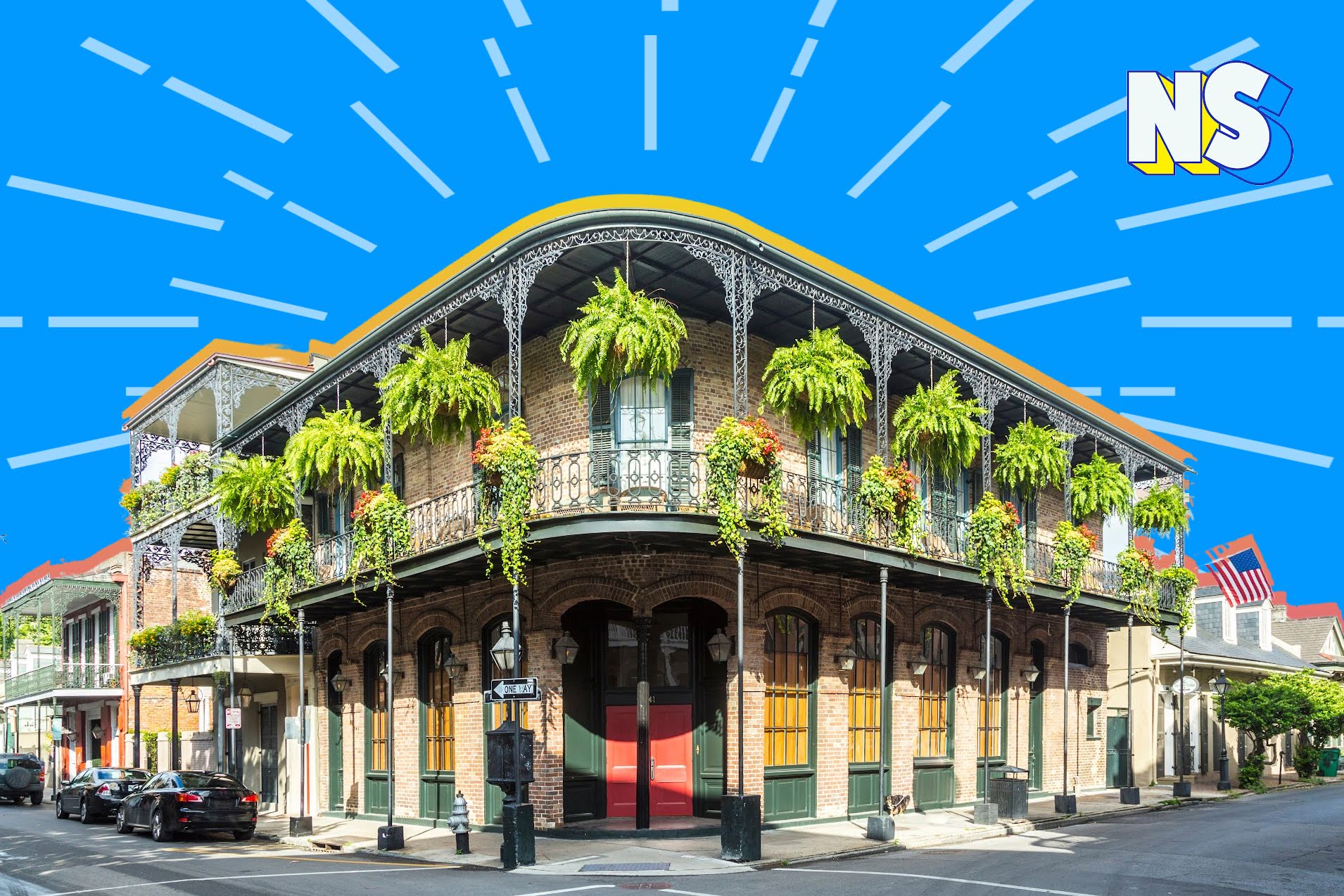Credit: Nuestro Stories
It’s hard not to associate New Orleans with the vampire writings of novelist Anne Rice and to ascribe the ambiance to its French heritage. But, did you know that much of the strange decadence and opulence of the city that colors her first book, Interview with a Vampire, has a profound Hispanic influence?
No? So, let’s explain why Spain is a part of the history of New Orleans -and quite important.
The Hispanic impact on New Orleans
France ceded Louisiana to Spain with the 1762 Treaty of Fontainebleau so that the territory would not fall into British hands. From 1763 through March 1803, Spain governed the Louisiana colony – that’s almost four decades. The Spanish crown returned to France in 1803 after the Louisiana Purchase (one that Spain objected to) in the United States.
During Spanish rule, the Bourbon Reforms under kings Carlos III and Carlos IV brought unprecedented prosperity to the Louisiana colony and transformed New Orleans into a dynamic commercial center.
Today, you can see the Spanish influence in the city's architecture, especially the French Quarter, the oldest part of News Orleans. Founded by the French in 1718, several fires destroyed the Vieux Carré’s, the French term for the French Quarter, which means old square.
The fires destroyed most of the French architecture and the Spaniards replaced the wood with stucco as construction material to prevent fires. So, much of the old square’s charm is due to the Spanish rebuilding effort.
The Spanish built buildings close together and near the street. The French Quarter – the crown jewel of New Orleans – was made intimate and adorned by façades, arched passageways, rear gardens, and hidden courtyards. These were all classic Iberian touches.
The Cabildo and the Presbytere (matching buildings flanking St. Louis Cathedral in Jackson Square in New Orleans) were built during the Spanish government. The Cabildo was Spain’s administrative headquarters for Louisiana. It was here that the Louisiana Purchase was signed in 1803, giving the deed of the territory to the US from France.
If you visit the city and take a stroll through the French Quarter, you will see plaques with the old Spanish names for streets and street names honoring historical figures from the Spanish era such as Bernardo de Galvez, the interim Spanish governor of Louisiana in 1777.
The Spanish Plaza, near the Riverwalk, was a gift from Spain in 1976 to celebrate the New Orleans-Spanish connection. The plaza has a fountain at the center that is surrounded by tile work displaying the seals of all the provinces of Spain.
Read more: 4 Latino Dances That Came From Latin American Indigenous Communities
Returning the favor – if you can call it a favor
To cement the connection – did you know that there is an annual Running of the Bulls through the streets of New Orleans to pay homage and lampoon the world-famous Encierro at the San Fermin Festival in Pamplona, Spain?
The only difference is that instead of bulls, they are Big Easy Rollergirls armed with toy baseball bats. Now, that’s a New Orleans touch to a Spanish legacy.
https://draft.nuestrostories.com//wp-content/uploads/2022/06/Susanne-182x250.jpeg





